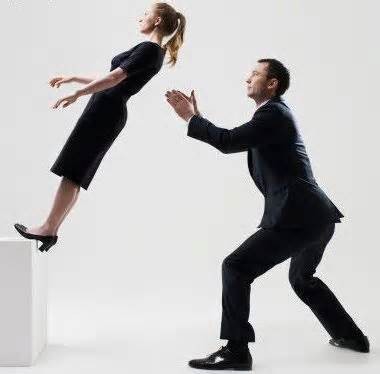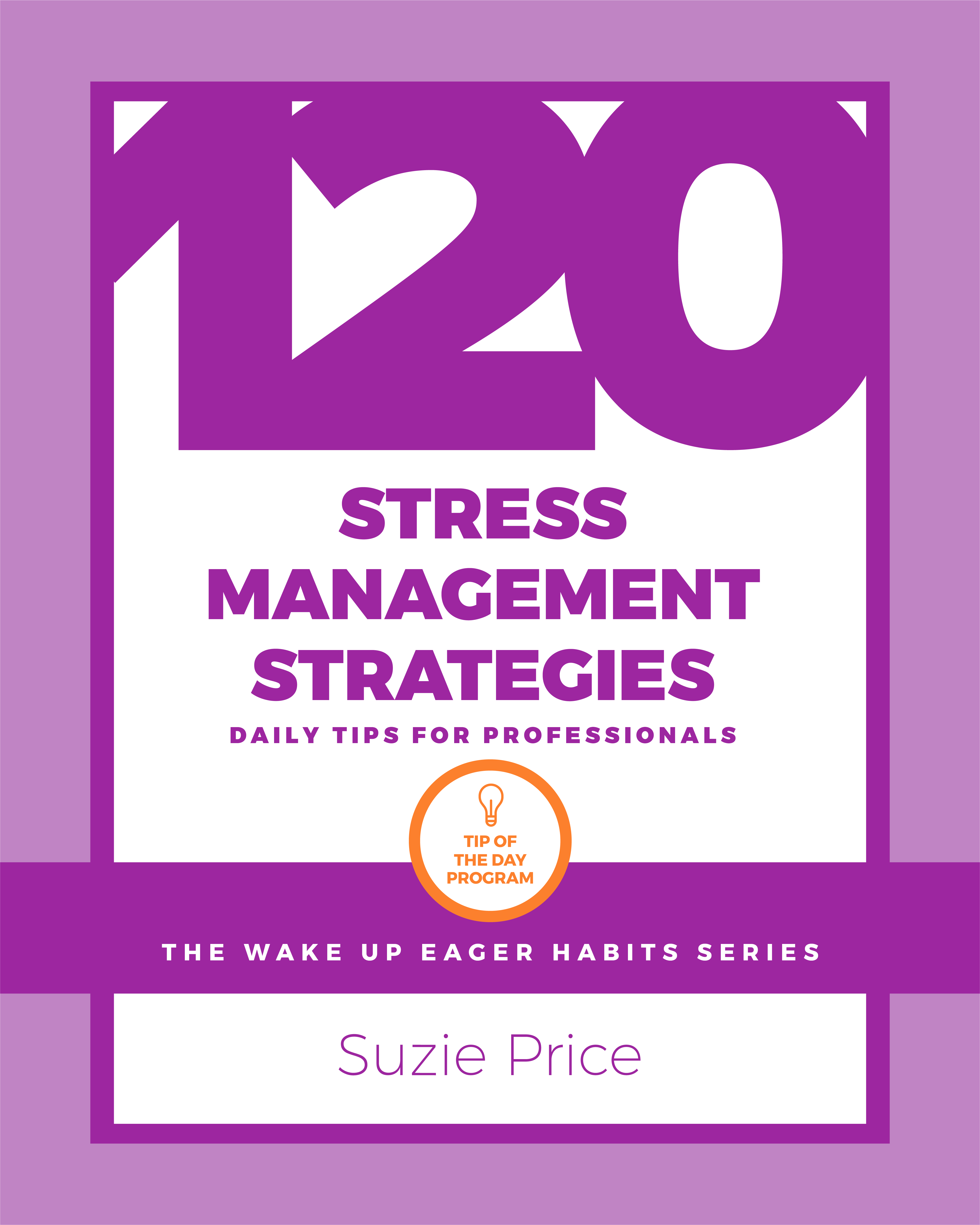The Know How You Need & the Tools to Get You There... Get Certified >

Free Team Building Activities for High Performing Teams, Page 2
You've landed on Free Team Building Activities page full of team techniques and resources to help you
guide your team to more effectiveness and higher performance. (If you
missed page 1 where I set the foundation for these activities, go review it now.)
On this page you'll get step-by-step guides for the team building techniques I use as a paid corporate Consultant and Professional Facilitator.
But First, Strong Facilitation Skills Are Needed...
Please note: I went to 'great pains' to provide the exact steps for each of the free team building activities I share below. But the real key in doing these exercises successfully and in such a way that your team IMPROVES (and does not moves backward) lies with YOUR ability to build trust with your Team.
That means that the leader and facilitator of these team building activities must able to demonstrate and use these Four Facilitation and Leadership Skills:
- Skill 1: Cultivate a positive sense of self in all participants
- Skill 2: Address problem behaviors quickly and factually
- Skill 3: Lead by inviting participation
- Skill 4: Listening aggressively
These Four Skills will make or break your team building efforts, and your success as a Leader. (Check out our leadership development programs and coaching services.) Now let's look at the Five Team Building Areas, as discussed on Page 1 and in the Best Seller: Five Dysfunctions of a Team.
Here are Free Team Building Activities you can use to strengthen each important Team area.

Wake Up Eager Workforce Podcast Episode 85: The Five Most Common Dysfunctions of Teams
Listen to this Episode with Team Expert Chris Young. We cover the five dysfunctions and he shares keen insight from her experience in helping teams overcome these dysfunctions. Recorded Summer, 2023.
Free Team Building Activities Step-By-Step:
BUILDING TRUST

PERSONAL HISTORY EXERCISE: This free team building activity is powerful and easy. I've used it with numerous teams and they ALL share how meaningful the exercise was for them.
What is It? Why it works: This free team building activity helps team mates learn more about who they work with every day. When we better understand, even a little bit, where people come from and what they've faced, we find more understanding and empathy for who they are and what they do today.
Don't skip this exercise because it looks too easy or personal. Trust IS about being more personal and open with each other, and this is one free team building activity that can help you get there. Here are the steps for this free team building activity:
- Plan for about 2 minutes minutes per person for this exercise. (If you have a 20 person team, that's 40 minutes.)
- On a flip chart list these three questions: Where did you grow up?How many siblings do you have and where do you fall in the sibling order? (oldest, youngest, etc)What was the most difficult, important or unique challenge of your childhood? This is not about your inner child, it's just tough and important stuff you faced as a kid.
- Share the 'why' of this exercise, something like, "Team, we've been talking about how important trust is on all successful and high performing teams. I'd like to take some time now before we close the meetings to focus on our all getting to know each other a little better. I have these three questions and I'd like us to go around the room to share our answers. Okay? I'll start. Any questions?"
- Whoever you have start (I suggest that the leader be prepped to go first) make sure he or she shares something personal, honest and insightful about a challenge. How this person starts, sets the stage for everyone else.
- If someone shares something profoundly personal or shocking (this has never happened) simply and quietly thank that person for sharing and move on.
Free Team Building Activities Step-by-Step:
UNFILTERED DIALOGUE, PRODUCTIVE CONFLICT:

CODE OF CONDUCT FOR THE TEAM - TEAM NORMS:
What Is This? Why it works: This free team building activity is a list of behavior expectations for how the team will engage in discussion and debate. It is created by the team (this is why it works) and is visible and reviewed by all prior to all meetings.
This is so simple and so powerful. I use it in every development and facilitation meeting I hold. It helps the team stay on track and regulate their own behaviors. Here's the best way to help your team create their own Code of Conduct:
- 1. Ask each team member to write down their preferences for acceptable and unacceptable behaviors around discussions and debate. (ex: tone of voice, use of language, participation, etc.)
- 2. Hold a group discussion. Ask everyone to share their list. Capture the answers on a flip chart.
- 3. Discuss similarities,differences and priorities. Develop a list of no more than 8 items that represent the team's idea of productive discussions.
- 4. Get the list of items laminated and place them in every meeting. Review them in each meeting, before you start. Update and change the team norms as the team evolves. (See this article: I Hate Meetings for a sample Code of Conduct and Get Two Other Useful Productive Meeting Tools.)
Free Team Building Activities Step-by-Step:
COMMITMENT TO DECISIONS

CASCADING COMMUNICATION:
What Is It? Why It Works: This is so easy, you're going to wonder why you haven't been doing it. But this free team building activity will help pay the team back in high performance.
It is basically: recapping decisions at the end of every meeting and then agreeing to communicate those decisions, throughout the company in 24-48 hours.
Your team's level of commitment to decisions made is crucial to having a team that works together effectively. This team building activity works because:
- It's simple
- It clarifies decisions
- It removes
ambiguity
- It sets clear expectations of next steps
Because team members are agreeing to communicate information about the decisions made, team members tend to speak up and share more. This practice of reviewing commitments and decisions made, is a simple one. But almost no one does it. And it results in unclear decisions and actions.
Over time your team gets used to this process. It does improve commitment, provided you are also working on improving team trust.
Here's how you use it:
- 1. At the end of every meeting ask this question and flip chart the answers, "What have we agreed upon today?"
- 2. Team members provide their responses. Debrief and ensure consensus. Have further discussion as needed. Record final commitments.
- 3. The team then agrees on what's specifically communicated to others outside of the meeting. Set a time frame for others in the meeting to share the communication with their Team.
Free Team Building Activities Step-by-Step:
HOLD ONE ANOTHER ACCOUNTABLE

THE TEAM EFFECTIVENESS STRENGTH BOMBARDMENT EXERCISE:
What Is It? Why It Works: This exercise helps team mates get more comfortable giving each other feedback, so they can have more honest, trust-building conversations on a daily basis. It offers direct, actionable feedback about how each person strengths contribute to the team, and it facilitates specific ideas for improving behavior on the team.
It works because we all want to get feedback. And, we all like to give feedback. But we usually do not know how to do "the feedback-thing" effectively so we never give or get enough of it. This exercise makes giving and receiving feedback easy and helpful, and after this exercise the is more likely to become more united, effective and productive.
Others who've done this exercise say that they're energized after it, and that they feel clearer about how their individual strengths help the Team. They also leave this session positively motivated to begin to work on, and change, habits that are not helping the team.
This team building exercise works well after/during a team building class using communication style assessments, like the DISC Assessment. Participants often refer to the 'DISC language' as they share their feedback. (For more information on DISC, see this video article.)
When we start this exercise, sometimes participants are nervous: "Yikes - people are going to give me feedback!!" OR "Yikes, I have to give feedback publicly!!" If you use the format laid out for you EXACTLY as I lay it out below, you'll have success with this exercise, and your team will prosper and grow!
Here's How to Facilitate the Team Effectiveness/Strength Bombardment Exercise:
- Timing: Allow 7 minutes per person. If you have a 20 person team, you'll need at least 140 minutes.
- Two Roles: Participants are either the Receiver of Feedback (each team member will be in this role just once) or the Giver of Feedback. (each team member will be in this role most of the time, as they give feedback to all teammates)
- Two Questions: During the exercise each team member, as a Giver of Feedback, will answer these two questions for each member of the team when he/she is the Receiver of Feedback:

Question #1: What is this person's single most important contribution to the success on this team?
Question #2: What is the one area this person must improve upon, or eliminate, for the good of the team?
BEFORE YOU START:
- Set the ground rules for feedback
---For the Receiver of Feedback: No defensiveness; Only ask questions for clarity; Take notes of the feedback received.
---For the Giver of Feedback: Give the feedback quickly and directly; Share objectively by focusing on facts and behaviors (focus on sharing: what you see and hear). - It works best when the Team Leader is the first person to be a Receiver of Feedback. (Make sure the Leader sets the 'right tone' by following the Receiver of Feedback Ground Rules.)
- Go around the room (have the group in a circle so they can all see each other) in round-robin style, asking each person to share with the Receiver of Feedback, their answer to question #1 about strengths.
- IMPORTANT before going around the room to have team mates share their responses to question #2 (sharing their recommendation for an area of improvement) ask the Receiver of Feedback to share what he/she believes is his/her area of improvement first. Having the feedback recipient share first,helps team mates feel more comfortable & at ease in their recommendations.
- Once finished all Givers of Feedback have answered questions #1 and #2 - ask the Receiver of Feedback if he/she has any questions to ask, for clarification only.
- Then
pick the next person as the Receiver of Feedback, and repeat the process starting at bullet #3.
- Go around the room
until every team member has been in the Receiver of Feedback role.
- At the end, thank everyone for sharing.
- Ask each person to come to the next meeting prepared to share a summary of the feedback they received: a summary of their three greatest strengths, and the one area of development they are focused on improving.
Follow the steps as outlined above and you'll experience a more productive team. Contact me if you have questions about this exercise OR you want to share a success. I am eager to hear and help!
When I do the Strength Bombardment/Team Effectiveness Exercise with Teams, I use the Talent Insights or TriMetrix Assessments. (More info here.)
Free Team Building Activities Step-by-Step:
FOCUS ON ACHIEVEMENT OF RESULTS

TEAM SCOREBOARD/SCORECARD
What is it? Why it works: This is one of the most important free team building activities - it's a team scoreboard that's publicized to the Team and 'the World' showing how well the team is progressing in a few key areas.
This is one of the very important free
team building activities you can do, here's why:
You're NOT posting individual departments or individual goals - this is a goal (or several) that the team has decided is it's top priority. It works because:
- It helps the team
pull for, and focus on, one common goal.
- It's something the team helped
develop
- It's focuses everyone one on measuring progress
Having a
common team goal is crucial to team success. Changing the team goal
throughout the year may make sense. What you're trying to do here is to get the team to work
together with a common objective in mind.
Here's how it works and how you can use it:
- Explain to the team that you want the Team to develop a team goal - this is one (or several areas) of utmost importance to the Team over the next 3-4 months.
- Ask the each team member to answer this question a piece of paper: "What do you think is the single most important goal to achieve during the next 3 months if our team is to consider itself successful?"
- Collect all the answers and list them on a flip chart for discussion and clarification.
- Group like answers together.
- Have each team member vote, privately (maybe during a break---they can come up, one-by-one and place their 'color dots' next to their picks) with color dots placed on the flip chart, next to their #1 and #2 priorities.
- Pick the one or two items with the most votes.
- Have the team help you create measurements for the goal by asking, "How will we know when we've reached this goal?"
- "What are some ways we can track progress toward our goal?"
- "What kind of scoreboard will help us stay focused on the goal and be able to see our progress?"
- At the beginning of every team/staff meeting have each team member update their top priorities for that week/month. Having the Team share with each other what each person is focused on improves communication and sheds insight into how each person is helping (or not helping) the team meet its mutually decided upon goal.
- Track progress against the scoreboard in every meeting. Get the team involved in overcoming barriers and celebrating wins.

Wake Up Eager Workforce Podcast Episode 85: The Five Most Common Dysfunctions of Teams
Listen to this Episode with Team Expert Chris Young. We cover the five dysfunctions and he shares keen insight from her experience in helping teams overcome these dysfunctions. Recorded Summer, 2023.
Would you like to have a Professional to facilitate a Team Building
Tune Up program for your team? Check out these options.
LET'S TALK:
Contact us to schedule a Complimentary Consulting Call
or to ask questions about any of our Hiring,
Coaching, Training and Assessment services.




